Approaching Anatomy: Hampton
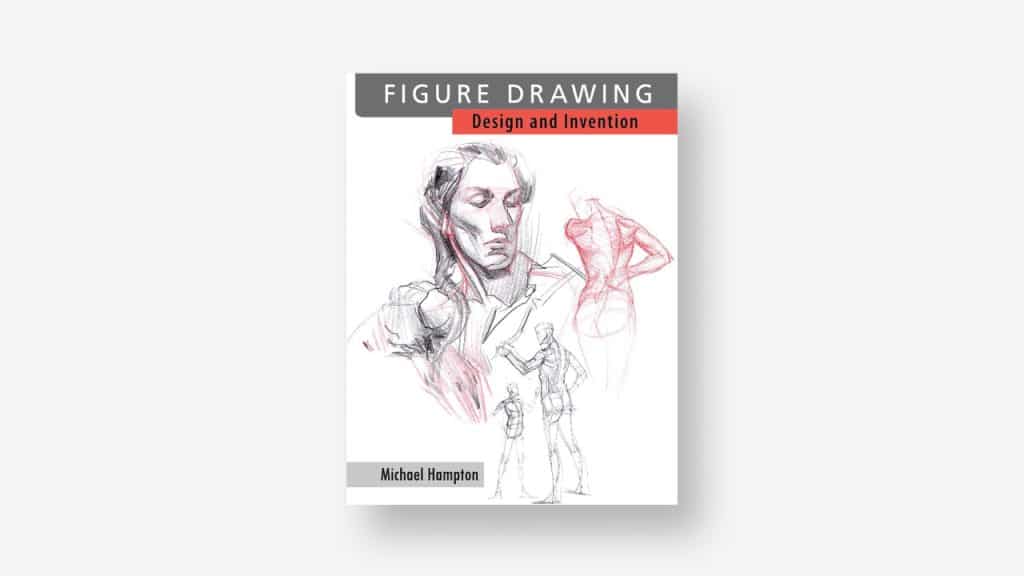
How do you draw the human figure? In our Approaching Anatomy series, we recommend some learning resources for life drawing.
So far, in this series, we’ve taken a look at anatomical study approaches from two tried and true instructors, Bridgman and Loomis. Both of which had a particular leaning in the application of their teachings. The Bridgman method feels loose and expressive, the type of figure you might see in fine art, or something with a degree of abstraction, while the Loomis method produces the heroic and beautiful, ideally-proportioned figures demanded by the advertising illustration of his day.
However, since then, the art world has changed a great deal, and today’s artist now has the additional opportunity to create concept art, or design for the entertainment industry. Michael Hampton’s Figure Drawing takes an approach to anatomy that feels more practical for the modern art student.
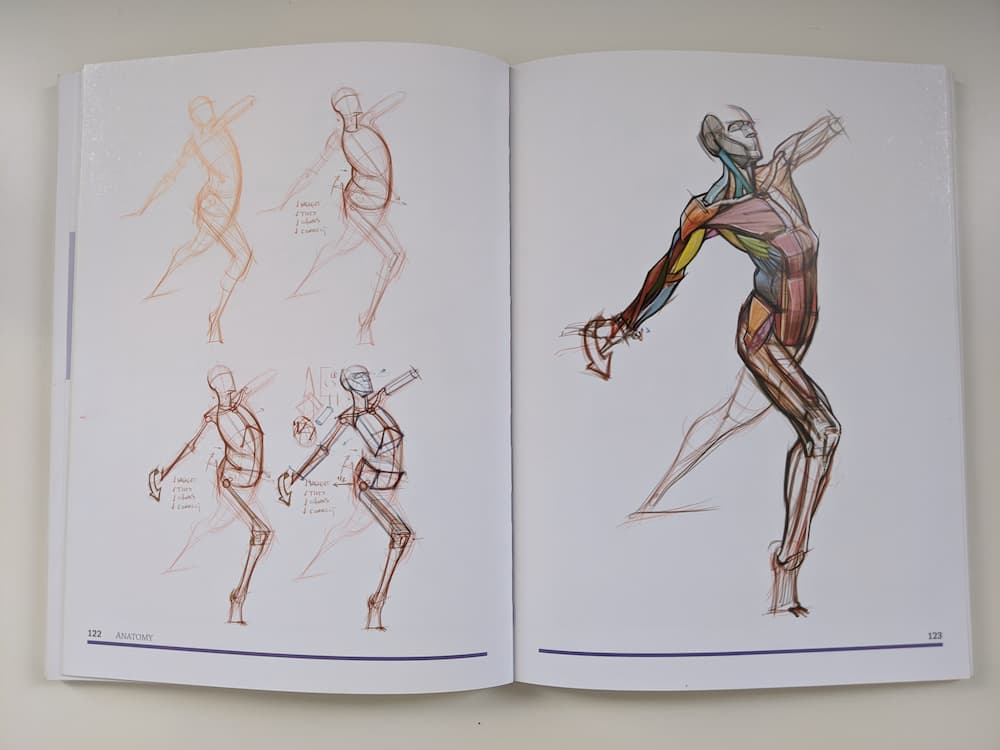
Hampton’s approach builds upon the methods of Bridgman and Loomis but dives into greater detail in regards to musculature and bone structures. He provides useful abstractions that are easy to remember and allow beginner artists to better understand how different types of bodies differ from one another.
By using simplified forms with landmarks that are easy to recognize, students can more readily spot them in models or reference images.
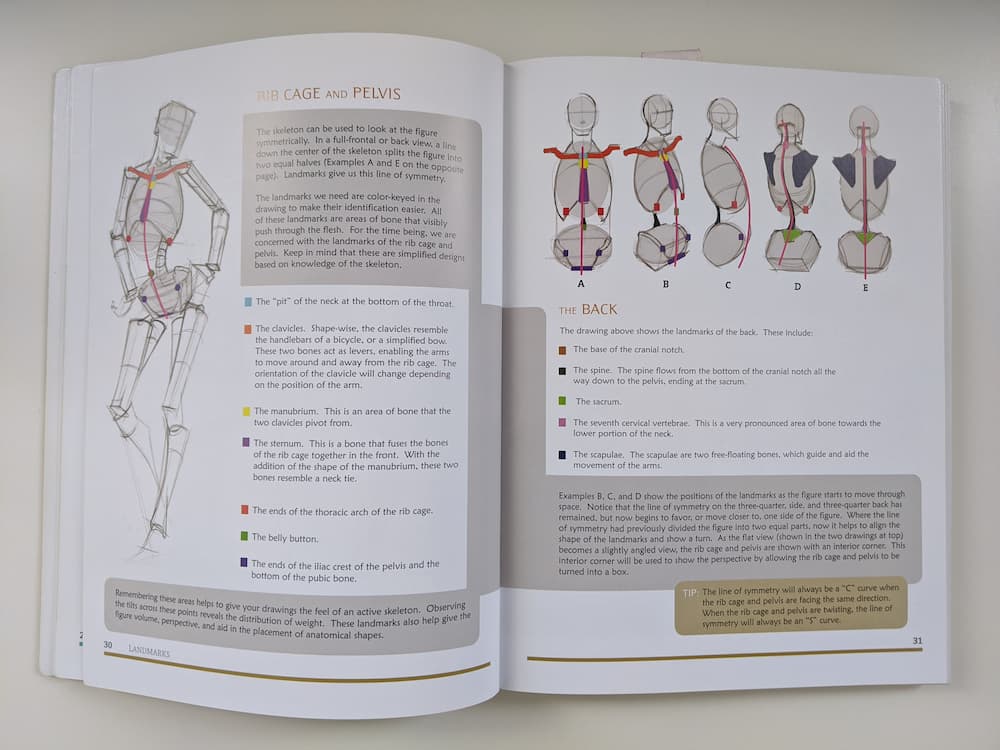
A great deal of attention is paid to the way larger volumes are composed of smaller interconnected and overlapping volumes. The example images that accompany these explanations serve to constantly reinforce this constructive approach and its roots in simple primitive forms. There is a clear, visible logic as to how the artist has moved from one step to the next and it becomes easier to understand the methodology of this approach.
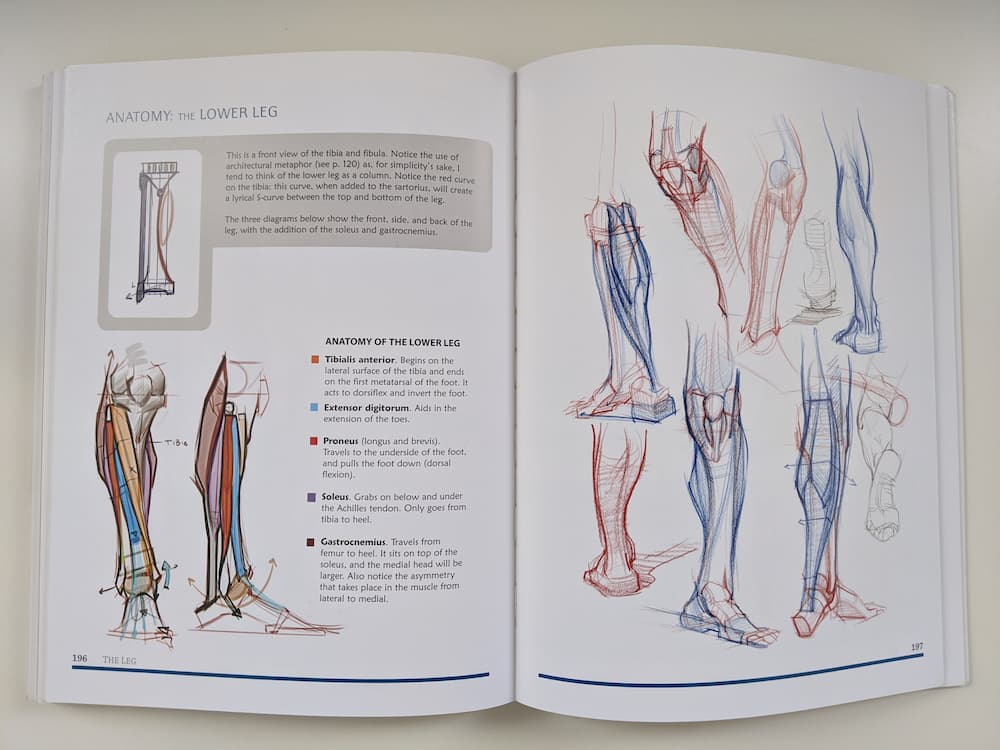
In the figure drawing books by Loomis, topics are organized in a progressive order, with each section containing sketches pertaining only to the topic at hand. Hampton, on the other hand, includes sketches of various stages of finish in every section of the book. In my opinion, this makes his instruction easier to follow and helps the student better understand his way of thinking. By the end of the book, seeing the body in this way will be second nature.
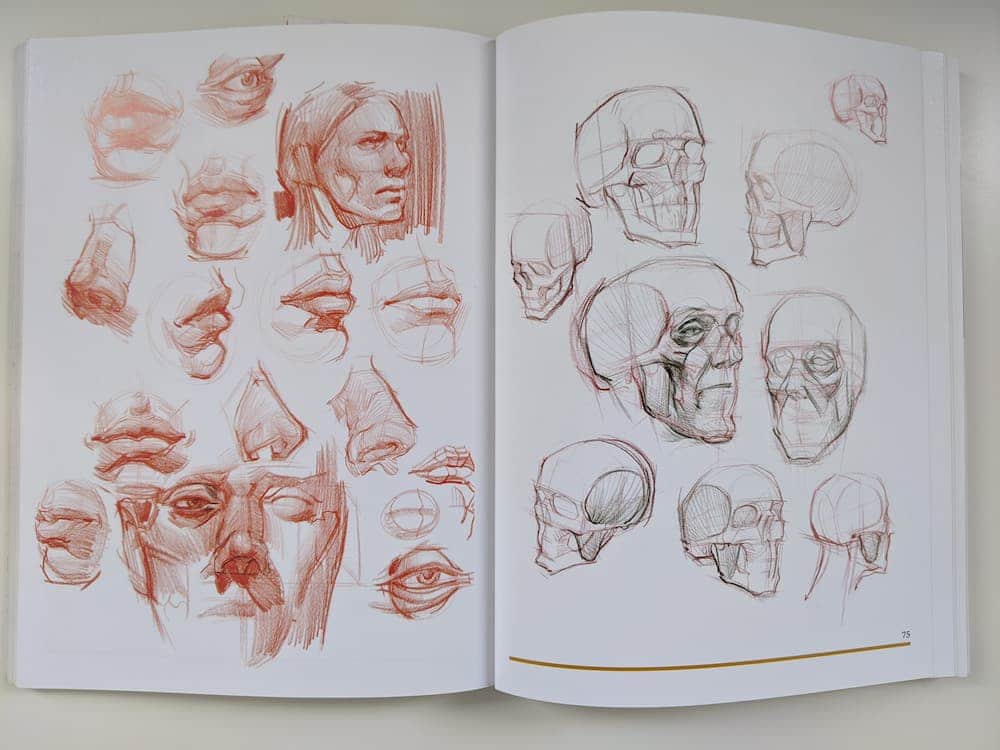
No one approach to anatomy is necessarily better than another. We all learn in different ways and it may take trying out several approaches before you find the one that works best for you.
Having worked through Loomis, Bridgman, and Hampton, I’ve found that there are aspects of each that I use in my drawing practice today. Had I not tried them all, my knowledge would be less complete. The more angles we can look at something through, the better we can understand it. Anatomy is no different.

Taylor is a concept artist, graphic designer, illustrator, and Design Lead at Weirdsleep, a channel for visual identity and social media content. Read more articles by Taylor.
RELATED ARTICLES:
SESSIONS NEWS:
ENROLL IN AN ONLINE PROGRAM AT SESSIONS COLLEGE:





